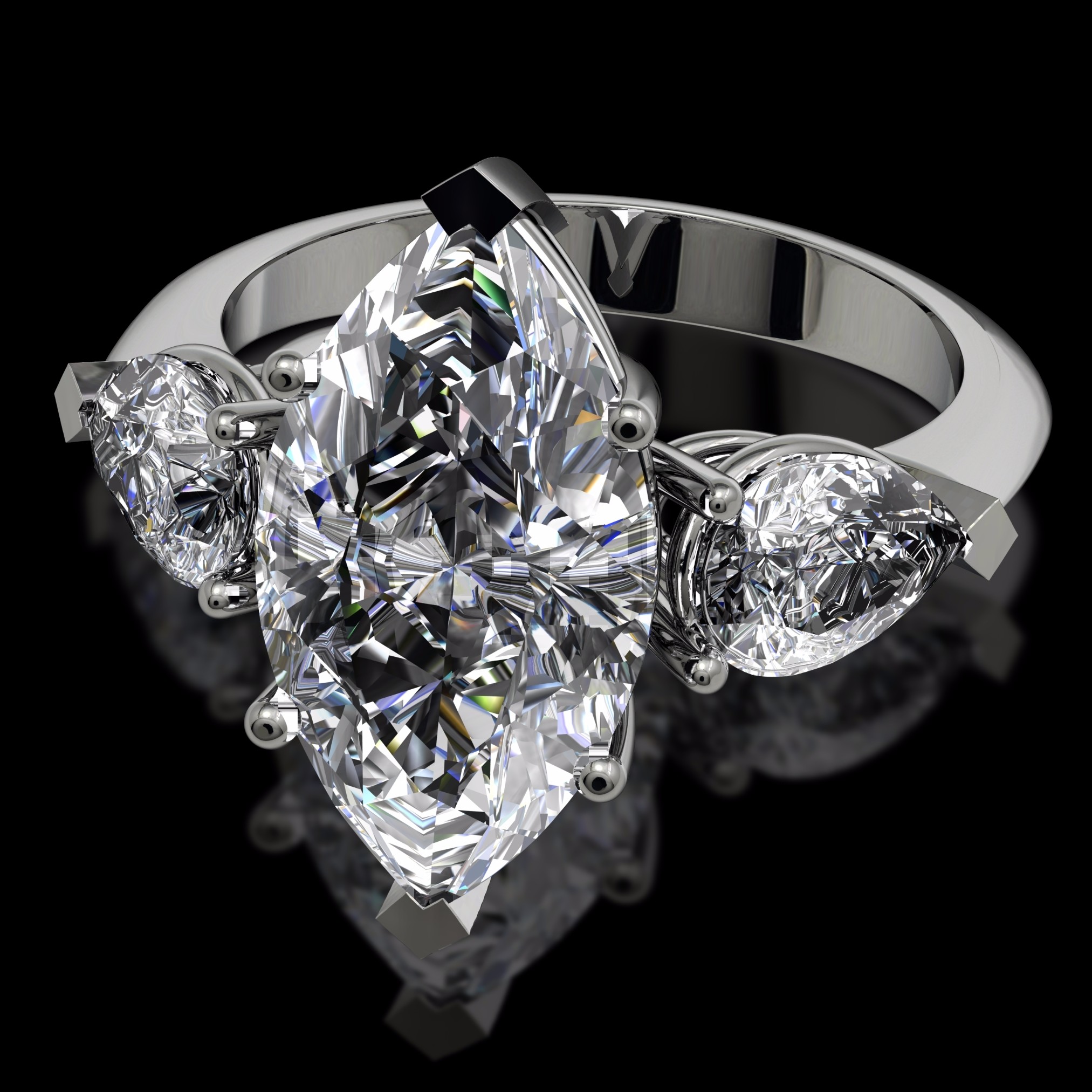We are always delighted when we are able to restore original pieces of classic jewellery back to their former glory and take immense pride in being able to give new life to pieces that hold sentimental value and, in many cases, have their own story to tell.
Our jewel in the crown
Some jewellery restoration projects require more work than others and this particular piece was certainly the jewel in the crown for our jeweller Mat who says that it’s probably the toughest restoration and revival he has done to date.
The piece in question was actually a ring that we had bought into stock. Looking at the original state of it, you may have wondered why:
- We bought it in the first place
- We didn’t elect to melt it down as scrap
- We spent so much time on a restoration project
Ever one to rise to a challenge, Mat wanted to see what he could do with this piece and so set to work proving that with the right amount of care and attention, even those pieces that you think have had their day, can be bought back to life.
The restoration journey of this vintage ring
The collections of images below show the journey before, during and after the restoration process.
- Before restoration
- During restoration
- The finished piece
The first step was to try and clean some of the original gunk off – years of dirt and grime that has become embedded in the ring. So much so, they were a part of it. After days soaking in sulphuric acid, we managed to make some headway.
As well as being extremely worn and congealed with dirt, there was another ring soldered into the centre which Mat decided to remove. It didn’t want to come out so he decided to cut it and then re-shank the horseshoe.
There was also a cracked diamond that needed replacing to finish it off.
Now that it has been repaired, restored, cleaned and polished, it’s like a new ring! This piece will now become part of a new story for its next owner and carry on being worn as it should be.
Repurposing jewellery
We have worked on so many pieces over the years from simple repairs to completely repurposing a piece. Repurposing is an alternative to jewellery restoration and a wonderful way to create a new piece using a precious gemstone or metal. We’ve turned diamond rings into pendants, used gemstones from bracelets to make earrings and much more. The below is just one instance of where we have taken a broken piece of jewellery and created something new from the assets.
- Before
- After
Benefits of jewellery restoration
As well as being able to revive and restore pieces of jewellery to make them wearable again, there are many other benefits to jewellery restoration:
Sustainability – We live in a society where we are in planet protection mode. We need to do everything we can to reduce our carbon footprint which means looking after what we have, repairing, restoring, recycling and reusing. Often, that piece of old jewellery that you think has seen better days can become a beautiful new piece that you are proud to wear and show off.
Creating stories and memories – It’s amazing how many pieces we see that hold such sentimental value – that are family heirlooms that have been handed down through generations and carry such beautiful stories.
Beautiful gifts – You may be aware of an old piece of jewellery languishing in your partner’s drawer that could do with some tlc – having a piece restored is a beautiful, and thoughtful gift to someone.
Modernising pieces – While many vintage trends will make a comeback at some point, you may want to repurpose or restore a piece and give it a bit of a twist to make it more modern and in keeping with more modern trends. Replacing the shank of a ring with white gold or platinum instead of yellow gold, is one example of this and something that we are often asked to undertake.
If you are now turning your thoughts to your the pieces of jewellery that you could have restored or repurposed, why not pop in and see us? Much of our work is carried out on site at our Weston super Mare workshop where you can just pop in and discuss your thoughts and wishes with us. You will find us at 23 High Street, Weston super Mare. From jewellery cleaning to complex repairs, we are always happy to take a look.
Discover more about our restoration projects over on social media pages. You can find the links to our Facebook and Instagram here.















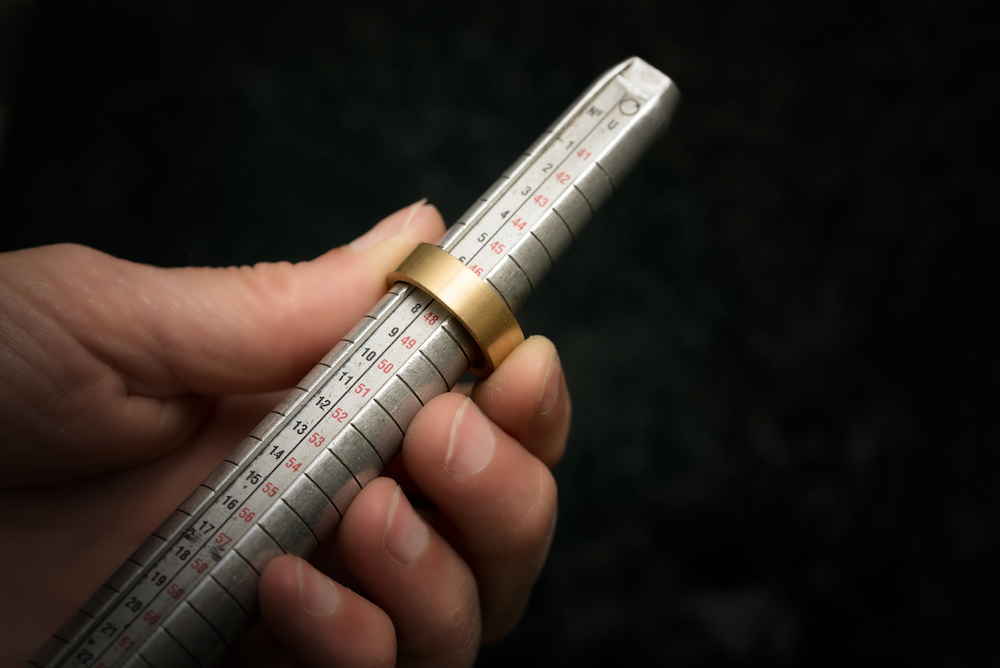
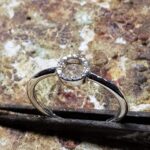



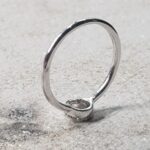




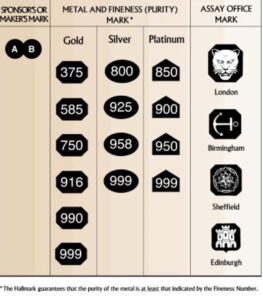





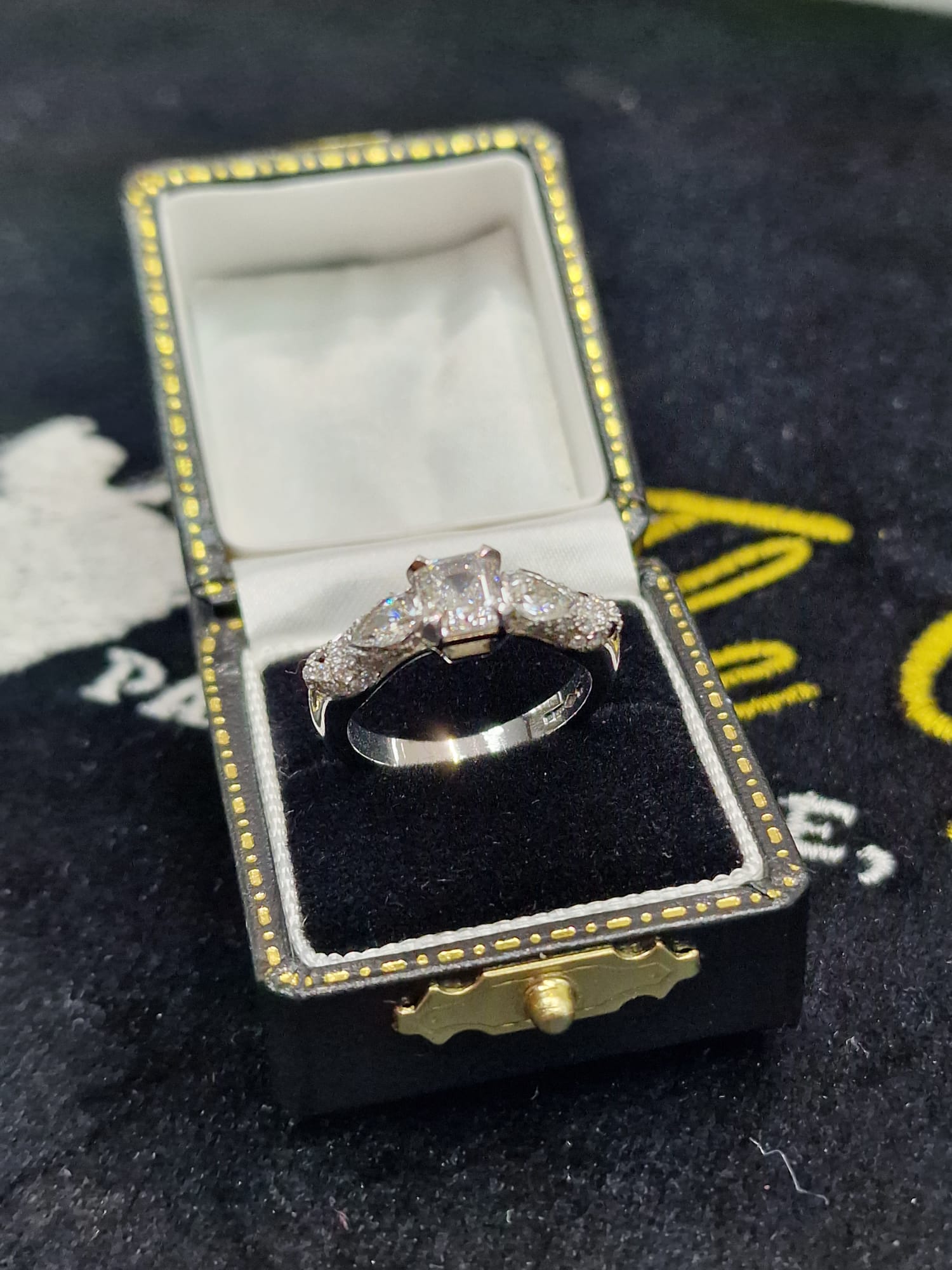






 Cut
Cut